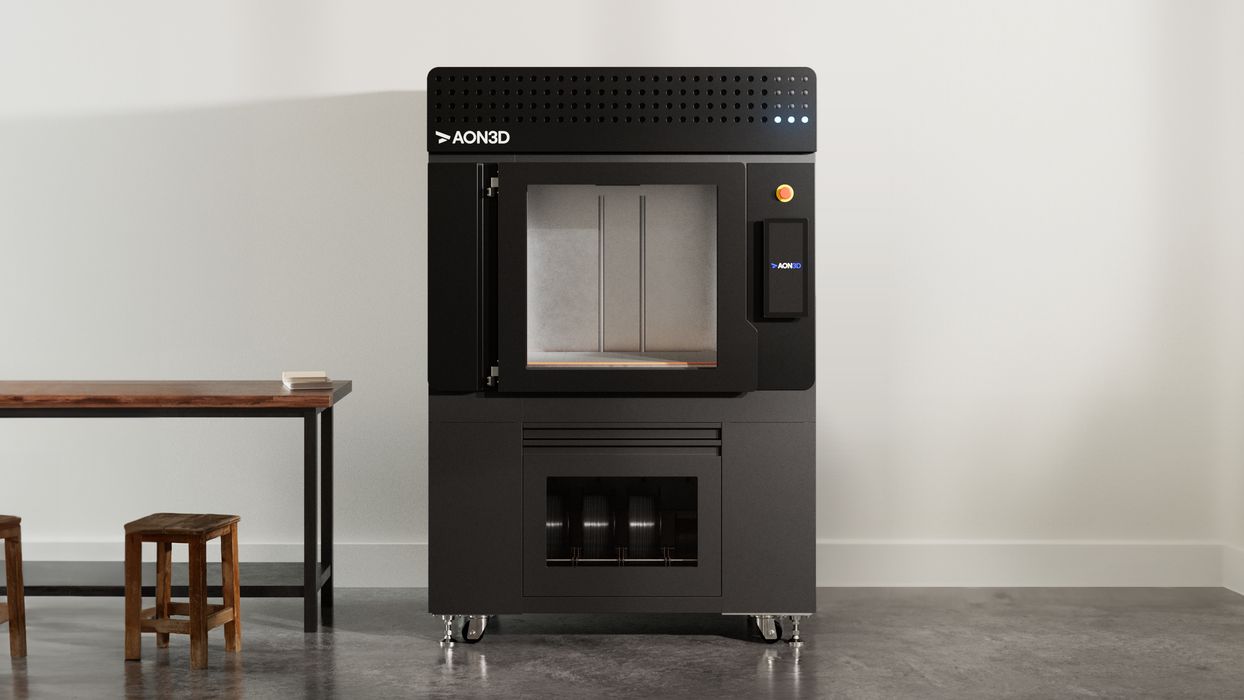
AON3D’s Hylo 3D printer has an interesting method to provide high quality 3D prints.
The Montreal-based company started several years ago by introducing a high temperature 3D printer, something rare at the time, and still not particularly common. High temperature machines can print parts in exotic engineering materials that can in some applications substitute for heavier metal parts.
However, in recent years the company has been focused on improving the quality of prints made with their systems. Their most recent machine is the “Hylo”, which includes “Basis”, their machine learning software that greatly increases print quality.
We recently spoke with AON3D and learned more about how this works.
Evidently Basis is able to predict high temperature print parameters, which can result in “60% better parts”. This is done by simulating part strength with a digital twin approach. The digital twin is a simulation of the actual print.
AON3D told us the actual print results are “within 0.1% of predicted” by the simulation, and that’s quite impressive.
This is a particularly useful capability, as the AON3D machine is “open materials”. This means virtually any compatible filament can be used, and therefore there would normally be a great deal of tuning. That would be substantially reduced through the use of BASIS.
These capabilities seem to have been accepted by the market. While I’ve anecdotally heard of many purchasing AON3D gear, their representative told us the machine is “selling very well”.
In fact, the company is now “at capacity” for machine production. That’s always a good sign.
AON3D said they are now in the process of scaling up production to meet the increasing demands from customers. It’s not clear what form that expansion will take, but one way or another they will soon increase their ability to make Hylo devices.
Via AON3D
